Latinxs have long been left out of the mainstream media, especially superhero movies but that’s slowly but surely changing. We’ve seen a rise in Latinx inclusion in action-packed Marvel movies from the past decade like Guardians of the Galaxy, Doctor Strange, Eternals, Black Panther: Wakanda Forever, Into the Spider-Verse, and even other franchises like Star Wars. In 2022, a study found that Latinx moviegoers make up a significant portion of moviegoers today, over 30 percent, and 27 percent when it comes to streaming. So it only makes sense that we should be seeing ourselves on-screen, although it’s been long overdue. But we’ve yet to see a Latinx superhero movie from DC, let alone a live-action, Latinx-led superhero movie (besides the unreleased Batgirl starring Leslie Grace), a story where we’re more than the comedic relief or best friend—until now. DC’s newest superhero flick Blue Beetle released in theaters on August 18 and directed by Puerto Rican Ángel Manuel Soto has already been hailed as the answer to the lack of superhero movies with Latinx leads. Even before it’s release it made history as DC’s first Latino-led superhero movie.
The film follows 22-year-old Jaime Reyes (Xolo Maridueña) and his Mexican American family including his father Alberto (Damián Alcázar), his mom Rocio (Elpidia Carrillo) and his sister Milagro (Belissa Escobedo) along with his abuela (Adriana Barraza) and his uncle Rudy (George Lopez). When Jamie accidentally takes on the mantle of the alien scarab known as Blue Beetle, which gives him out-of-this-world superpowers, he tries to protect his family caught in the crossfires of his new powers and along the way, he tries to win the heart of Jenny Kord (Bruna Marquezine), who originally gave the scarab for him to protect. She’s the niece of the villainous Victoria Kord (Susan Sarandon) whose thinly-veiled racism is most evident in her relationship with Carapax (Raoul Max Trujillo). Rounding out the cast is Becky G as the Blue Beetle’s built-in artificial intelligence Khaji Da that takes over Jamie’s body.
Completely Latinx-led films, both in front of and behind the camera, are few and far between in the film industry. But when they do happen, like Real Women Have Curves or Mosquita y Mari, it’s often seen as a niche project only for Latinx audiences, especially when they center women. But with a majority-Latinx cast, director, and writers on its shoulders collaborating to create it from day one, Blue Beetle is the first of its kind from a huge movie-making machine, where the film is following in the footsteps of other great DC movies and superheroes like Batman and Superman. To be featured in the mainstream in this way is a huge win and should not be overlooked. We don’t only have to be for Latinx moviegoers, we can be for everyone.
Of course, this also means that there’s pressure on it to represent the entire diaspora, which is both unrealistic and unfair, especially when you consider that white-led and made movies have never had to deal with this dichotomy of being the first of its kind and the fear that it might be the only. But what Blue Beetle does offer on its own is already a huge step towards improving the way that Latinx-led movies have been perceived by the mainstream media. Throughout its runtime, it features Spanish that doesn’t feel cringe-worthy or forced, genuinely hilarious moments between the family, popular Latin music, and cultural experiences and jokes that feel relatable and authentic. For once, the comments about “not having papers” or having a cleaning job or living with that weird tío don’t make the viewer feel like they’re not in on the joke. Instead, they come across as a wink to the only people who would actually understand those references. There’s clear cultural complexity, nuance, and knowledge here, and the fact that there’s a whole host of Latinxs behind it comes across so clearly.
In that way, Blue Beetle is also one of the first Latinx-led films in a long time not to focus on our trauma or represent us as stereotypes like criminals or gardeners or maids. We’re so used to seeing ourselves in horrifying, traumatic stories about immigration, child separation, forced sterilization, drug cartels, and more. And on the one hand we need those films. Those are the stories that lead to larger cultural conversations about the oppression we face and even social change. But we also need the lighthearted stories, the empowering narratives where we take center stage outside of the ones that have been long written for us.

Blue Beetle straddles that line perfectly. Throughout the film, we see clear Latinx joy through its tight family cast that breaks up the otherwise serious story with moments of humor and reliability; for example, only a Latinx family would wake up someone who passed out from their new superhero powers with VapoRub aka Vivaporu. But it also doesn’t ignore the Latinx community’s long and violent history with police, military corruption, imperialism, and authoritarianism, represented by the villains from One Man Army Corps (OMAC). Unlike white superheroes, Jaime and his family have a real fear of the police and with reasons to, like the fact that his abuela and uncle are undocumented, and Jaime, in turn, has more serious reasons to protect the people he loves. But these moments don’t take up the entirety of the film’s runtime and are used as motivations for Jaime to fight OMAC more than it becomes fuel for even more trauma.
The film has been released during the Writer’s Guild of America (WGA) and the SAG (Screen Actors Guild) strike which means the cast can’t promote it but that didn’t stop the film from taking the No.1 spot in the Box Office. Even screenwriter Gareth Dunnet Alcocer spent the movie’s premiere day on the frontlines of the strikes on the Warner Bros. lot for better pay while his film was earning millions at the box office.
The film has 77 percent on Rotten Tomatoes and scored even higher with audiences with 92 percent – the numbers don’t lie and is further proof that these stories resonate with all audiences. Latinx stories are and have always been worth telling, worth investing in. And not just any kind of Latinx story but the kind where we are center stage, where we are more than the stereotypes that have been attached to us for decades. At this point, the superhero movie may be formulaic but it’s inspiring to see it being done by someone who looks like Jaime, who beats the bad guy and gets the girl and sure, saves the world and his family.
“We wanted to get the story right because we felt our Latinidad was just authentically ourselves.” Soto told USA Today. “I did not have to try to be Latin, and a lot of what happens in the movie are experiences the actors have had because they’re Latino too.” The movie isn’t trying to “beat you with the Latino card because we are Latino. Why not hone in on what makes us essential and have the freedom to be authentically ourselves and show the world that we can be superheroes?”


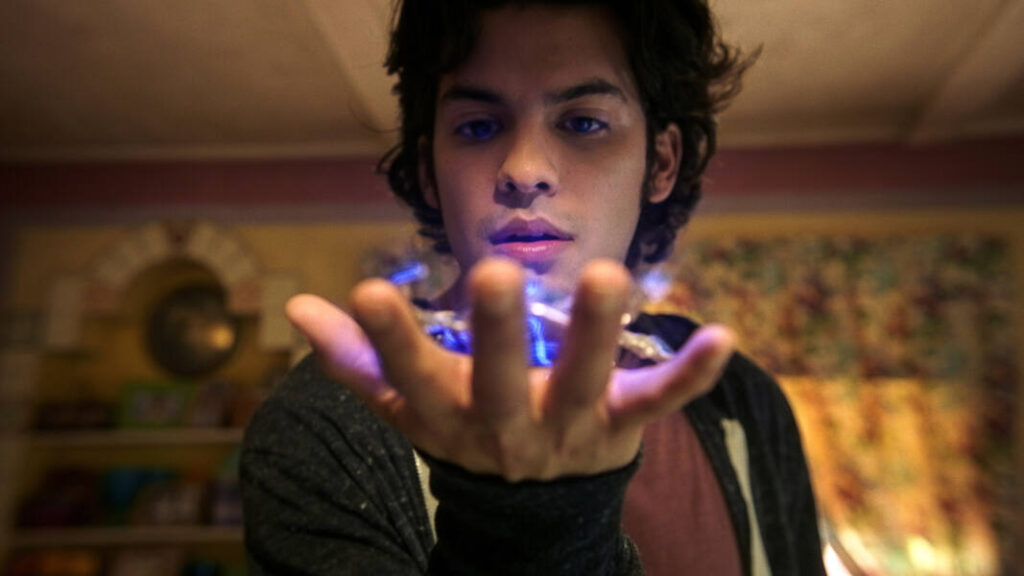
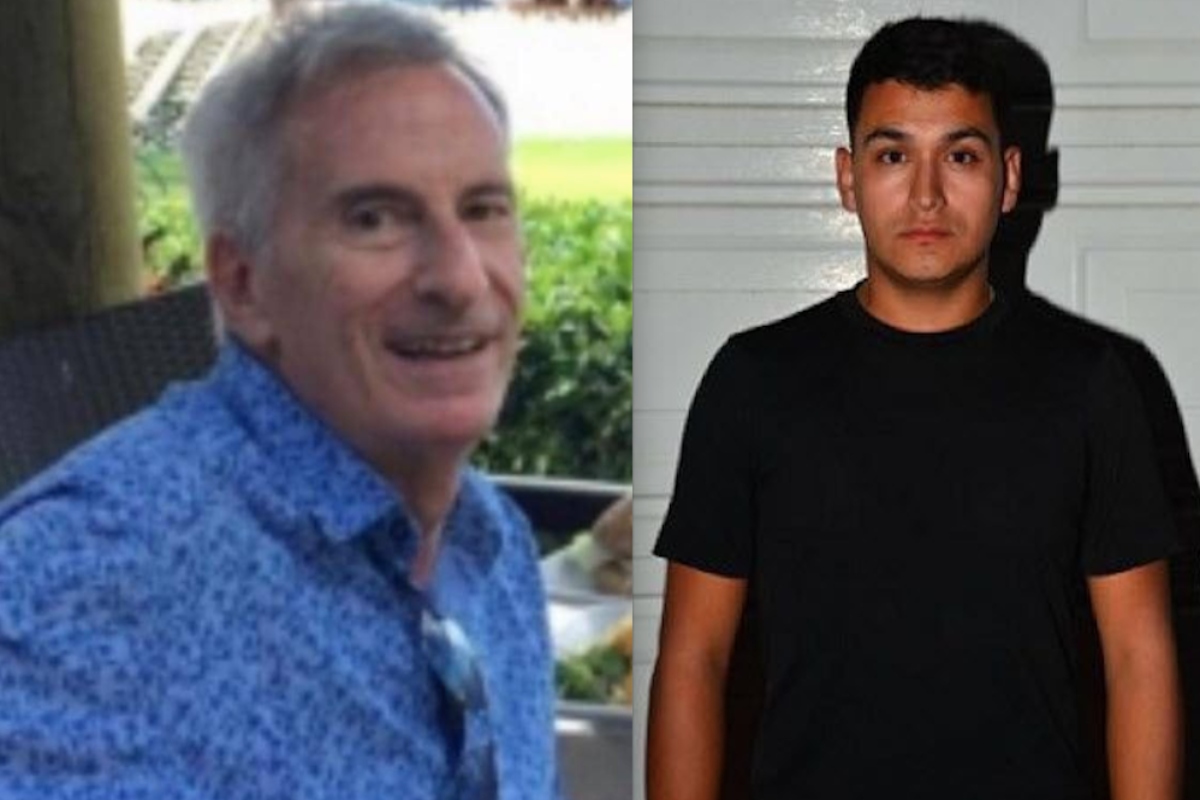
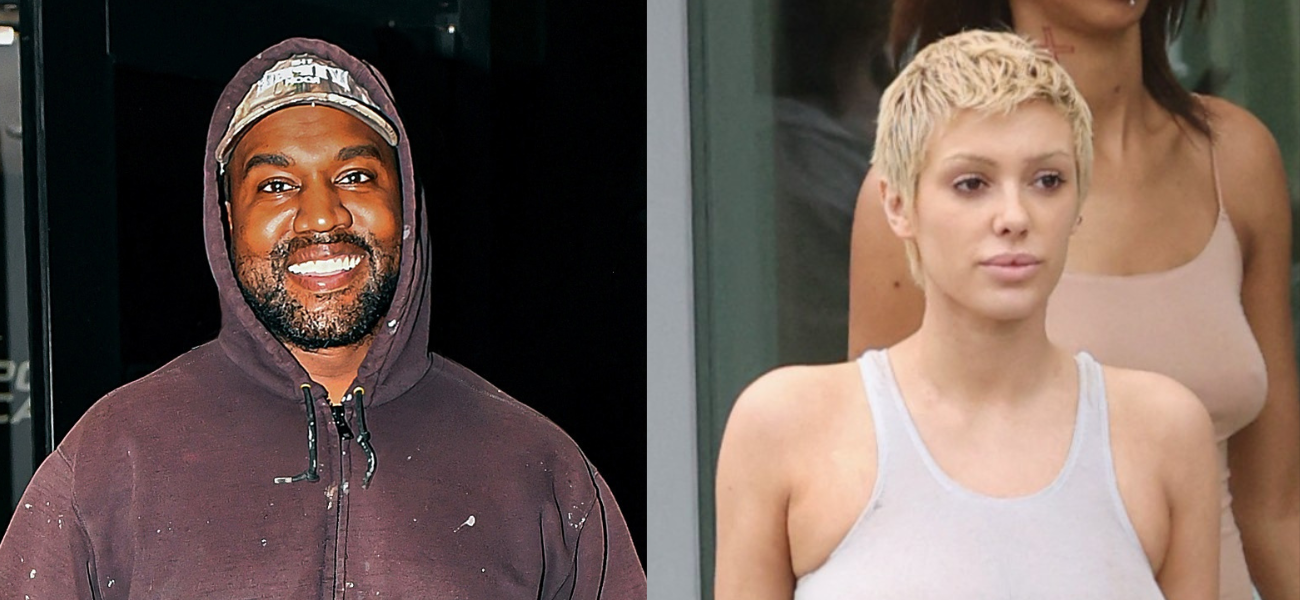
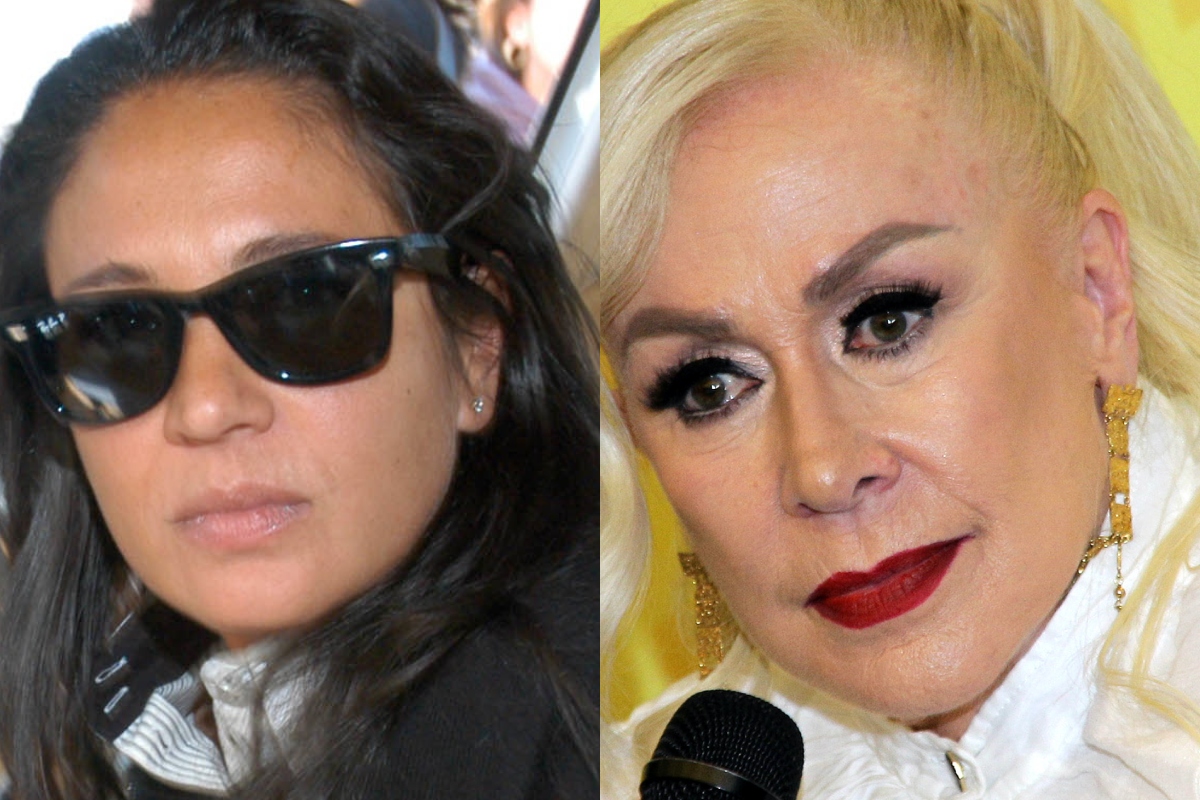
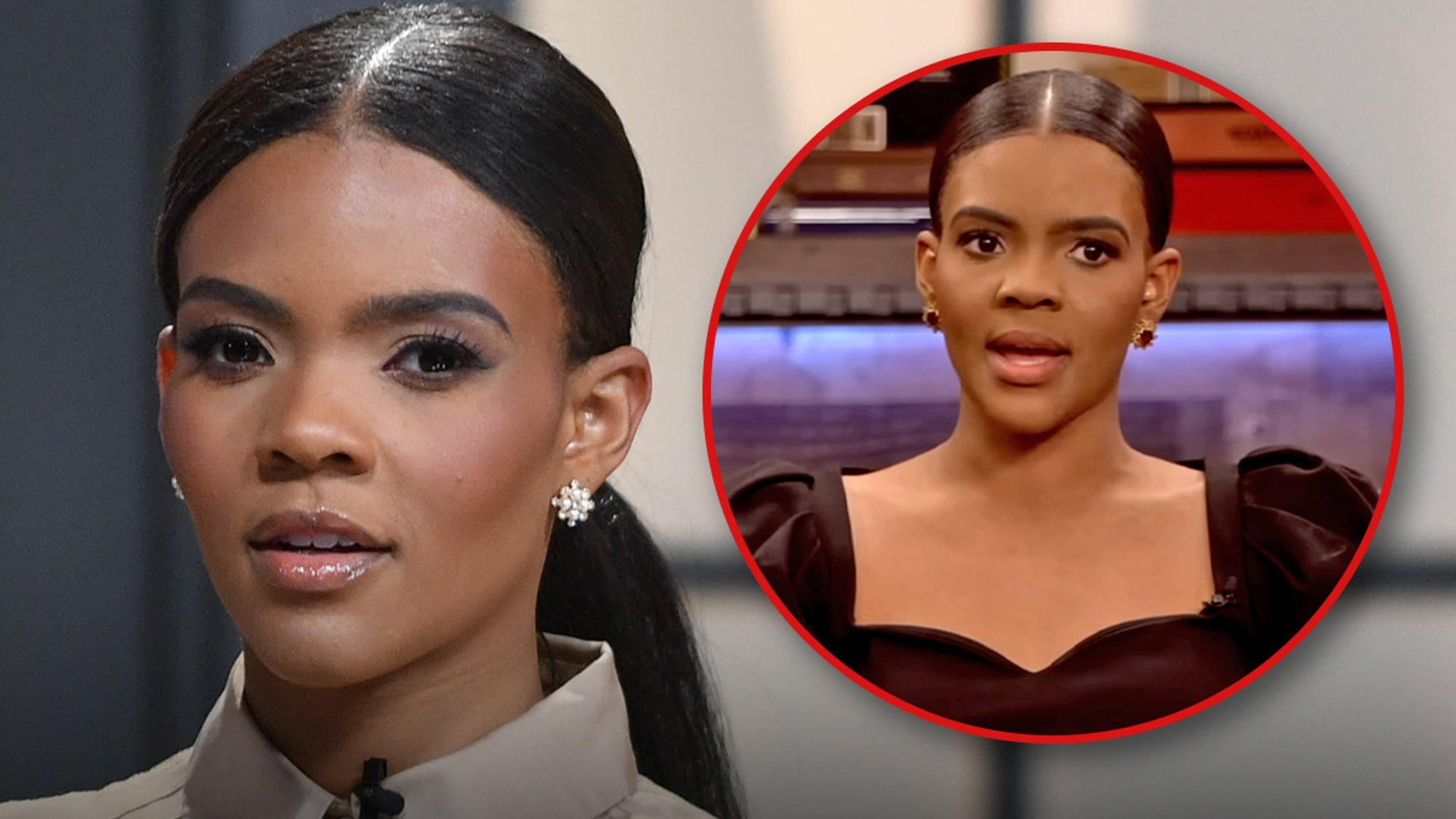
More Stories
Dani Trujillo’s Debut Novel Centers Indigenous Mexican Romance
How I Navigate The Dual Journey of Being a Working Mom and a Special Needs Advocate During Back-To-School Season
Brazil’s Supreme Court Rules Homophobia Punishable by Prison in Landmark Decision